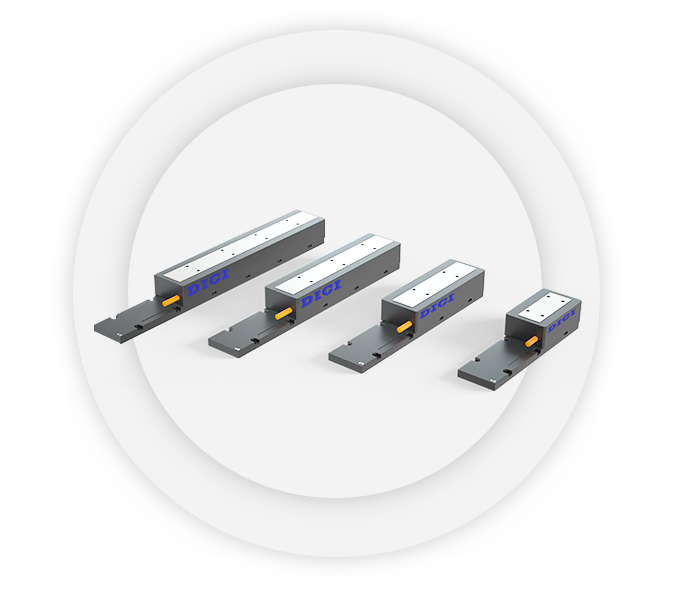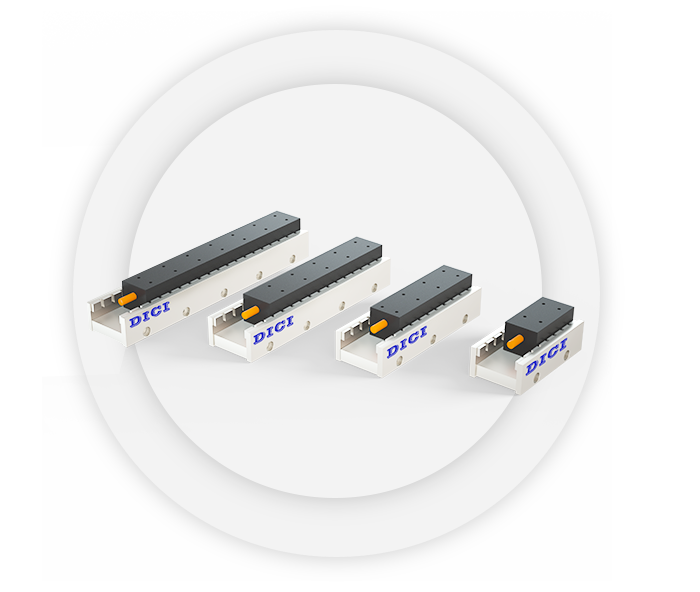When the precision of a platform is required to be very high, such as micrometer or nanometer precision, linear motor is a good choice. For example, when linear motor is used together with air floating guide rail, the positioning accuracy of the platform can reach tens of nanometers, which is beyond the reach of other forms of platforms.
Working principle of linear motor
Linear motor is not only evolved from rotary motor in structure, but also its working principle is similar to that of rotary motor. There are some basic electromagnetic principles of electrical machinery. Here, DC permanent magnet linear motor is taken as an example to illustrate the basic working principle of linear motor.
VLP0020-0160 is a voice coil motor, which is consistent with the linear motor to some extent. The difference is that the voice coil motor has only one coil, and the magnetic poles generally do not exceed 2 pairs. It is only required to move within the range of one pair of magnetic poles, so there is no need for commutation. When it is necessary to break through this travel limit, there must be more magnetic poles and more coils to relay, which is called linear motor. Therefore, voice coil motor is also called non reversing linear motor.
It can be seen that the direction of the wire is basically perpendicular to the direction of the magnetic line of force. When the wire passes through the current, it will produce an ampere force. According to the left-handed rule, the coil can generate left or right force according to the different current directions in the wire. This force is the thrust that makes the linear motor directly move in a straight line.
Most linear motors are DC permanent magnet synchronous linear motors. Other types of linear motor, such as AC permanent magnet synchronous linear motor, AC induction linear motor, stepping linear motor. The basic working principles of these motors are similar.
Winding type:
In the cross coverage mode, three coils are combined to take up one pole distance, with high space utilization and short movers. The invalid sides of the coil can be arranged outside the magnetic field to increase the heat dissipation effect.
In the non covering and tiled mode, three coils occupy two pole distances, which is generally used for large thrust motors. The forming process of the coil is simple, but the center of the coil must be left empty, and the utilization rate of the magnetic field is low.
For linear motor with iron core, it is usually required to adopt the process of eliminating cogging. One method of chuting is to use fractional slot to stagger the integral multiple relationship between the magnetic pole and the iron core.



沪公网安备31011402007408号
Tel
